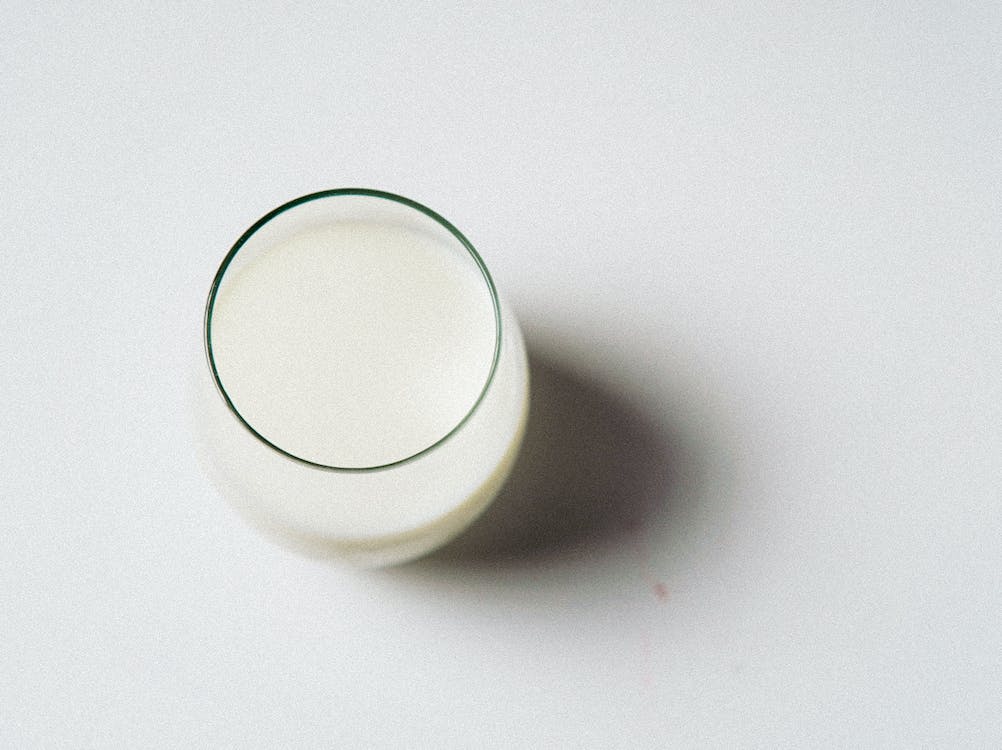
How Many Calories Are In Breastmilk?
|
5 min
|
5 min
Breast milk has everything your baby needs to meet their nutritional needs for the first 6 months of life. It continues to be the primary source of food through their first year of life. Introduction of solid foods begins around 6 months of age, based on signs of readiness, but remains secondary or complimentary to breast milk. Beyond one year, breastmilk continues to have many benefits for both mom and baby and is recommended until 2 years old or longer if mutually desired.
Colostrum - colostrum begins to be made during pregnancy and is the first milk your baby has when they are born. It is very concentrated and high in nutrients that provide antibodies, good bacteria and oligosaccharides, protecting the infant from illness and developing their immune system. Colostrum is high in protein and lower in fat. It has 10 times more beta carotene than mature milk.
Transitional milk - between 2-4 days postpartum through the first 2 weeks postpartum, milk begins to transition from colostrum to mature milk. It increases in volume and water content. The fat and lactose increase, perfectly designed for the baby as they are growing fast. This transitional milk has more calories than colostrum.
Mature milk(2) - After milk transitions to mature milk around 3-4 weeks postpartum, the rate of change in breast milk composition slows, but it is a live substance, so there is still variation between people, during a feed, and over time. Fat content in milk continues to increase, and the fatty acid profile of the milk is affected by the mother’s diet.
Preterm milk - Our bodies are amazing for providing what our babies need to survive and thrive. Breast milk is higher in protein, sodium and chloride when babies are born preterm. The milk contains lower amounts of lactose. (5) A mother will likely need to hand express or pump her milk to give to the baby until they are able to feed at the breast. Removing milk every 2-3 hours around the clock will signal for milk to continue being made for the baby and help establish a milk supply sufficient to meet your baby’s needs.
How many calories a baby needs depends on their age, weight & length, and sex. Boys have slightly higher caloric requirements than girls. Although solid foods are introduced around 6 months, breast milk remains the main food source for the baby through the first year of life.
Boys:
Girls:
Although there are variations in breast milk, it does remain fairly stable. The nutrients of breast milk come from the mother’s diet. (6) Although mothers do not need to increase the calories in their diet by much, they do need to focus on increasing the nutrient density of their diet. The foods that make up a mom’s diet don’t have much effect on the composition of her breast milk, but it does impact the quality of her milk.
Drinking homemade broths made from vegetables and seaweed can increase the vitamins and minerals in your diet. Try using broth when you cook your meals by adding it to stir-frys, making stews and soups and using it as your base for cooking rice.
Add healthy fats to your diet, including walnuts, avocado oil, olive oil, sesame seeds and oil, and chia seeds. These foods change the fatty acid profile of your milk, improving the quality of the fats in your milk. (4)
While supplements do not replace a nutrient-rich diet, they can help fill in any gaps to ensure you are getting what you and your baby need. It is recommended to continue taking your prenatal vitamins throughout lactation. Prenatal vitamins help replenish vitamin and mineral stores that may have been depleted during pregnancy.
Taking your prenatal vitamins after your baby is born and during the entire time you make milk is essential. Your vitamin and mineral status impacts your milk production as well as your milk quality. Prenatal vitamins in the postpartum period help keep you functioning at your best and better able to meet your baby’s needs. They ensure your baby gets everything they need to thrive through childhood and beyond.
Galactagogues can help boost your milk production, add nutritional value and improve the quality of your milk.
Herbs like anise and fennel are digestive herbs helping with digestive issues and improving gut health, impacting milk supply.
Find these herbs in:
Nettle, Moringa and alfalfa are nutrient powerhouses that boost overall nutrition, milk quality and production.
Find these herbs in:
Probiotics add good bacteria to your gut, and your diet of healthy foods feeds the bacteria helping them to multiply and keep you healthy. The strain Lactobacillus fermentum is found in human milk and contributes to breast health. It supports healthy lactation and can help prevent and relieve breast pain, discomfort and dysbiosis. (7)
Find this probiotic strain in:
Breast milk is a superior source of nutrition for babies, providing everything they need for the first year and beyond. Its composition changes throughout lactation, with colostrum being the initial concentrated and nutrient-rich milk, transitioning to mature milk with increasing fat content. Mothers can improve milk quality and production by incorporating nutrient-dense foods like homemade broths and healthy fats into their diet and taking prenatal vitamins and lactation supplements like Galactagogues and probiotics. Breastfeeding offers numerous benefits for both mother and baby, fostering a healthy start in life and supporting their well-being.